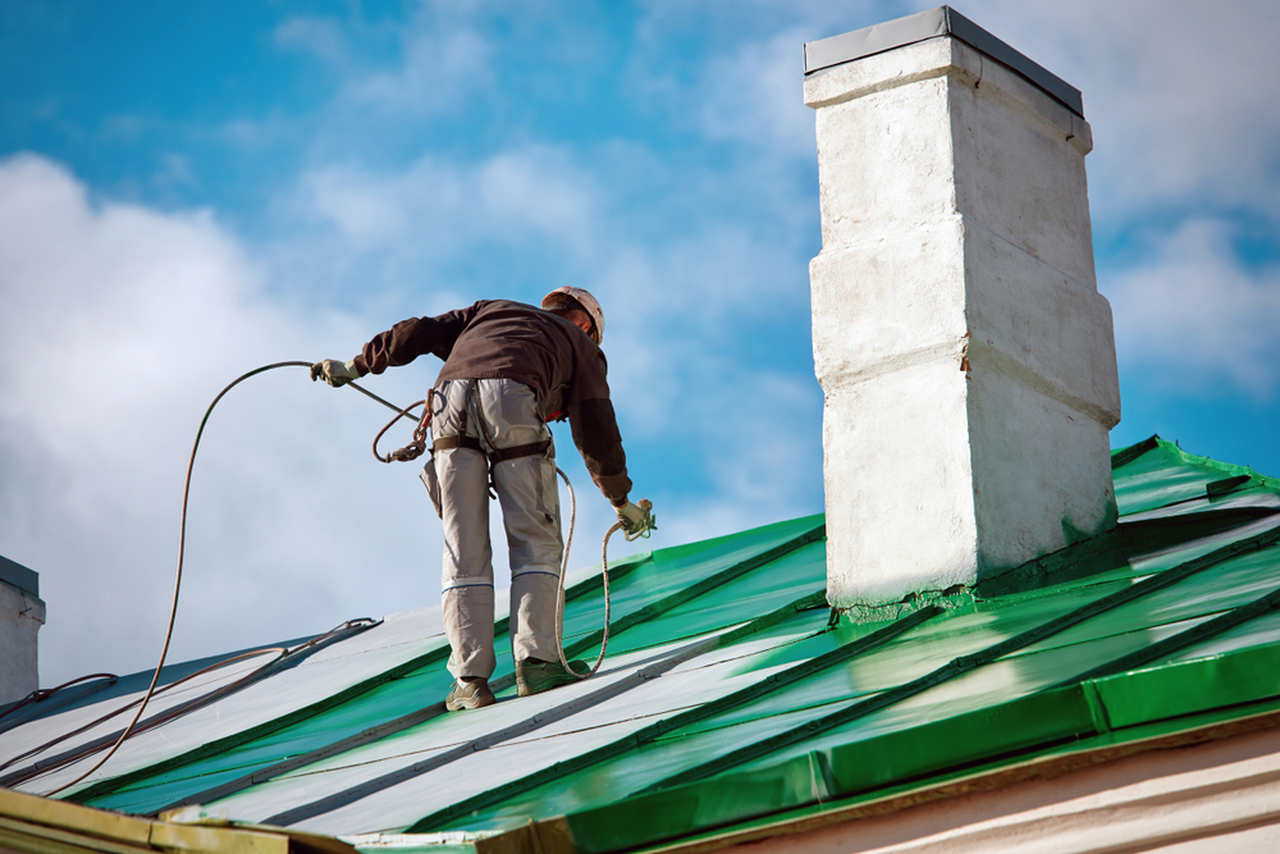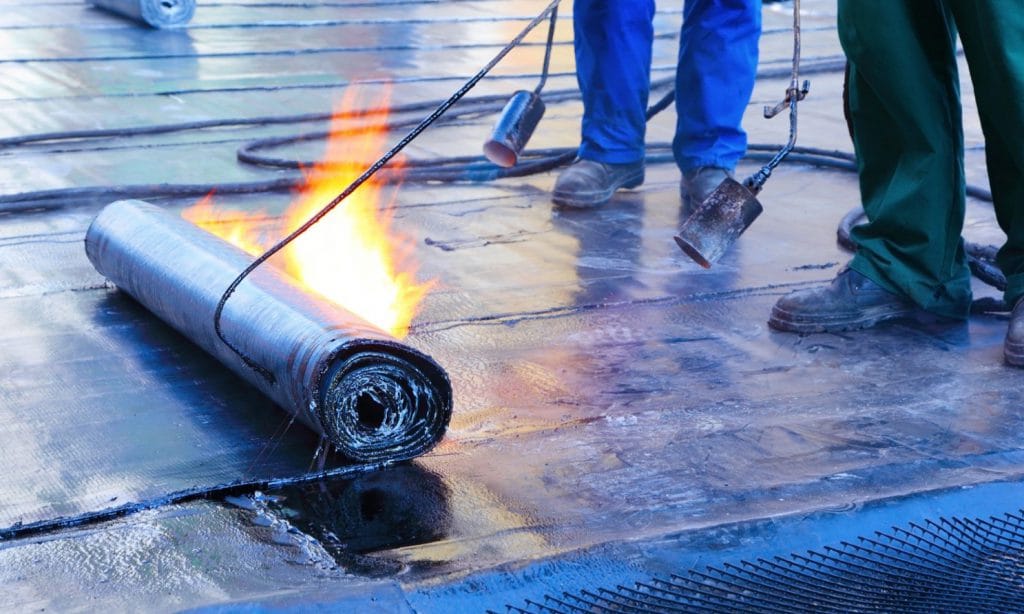Kinds of Waterproofing: Discovering the Various Approaches and Their Applications
Waterproofing is an important element of building and construction and maintenance. It shields structures from the harmful effects of water damage. There are numerous methods readily available, each with its distinct applications and advantages. From membrane layer systems to cementitious remedies, recognizing these alternatives is essential for efficient application. The choice of waterproofing approach can significantly affect longevity and long life. Exploring these numerous techniques reveals their distinctive benefits and prospective challenges, triggering further factor to consider of optimal solutions.
Membrane Waterproofing Solutions
Membrane waterproofing systems offer as a vital barrier against water breach in various structures. These systems normally include slim sheets made from products like rubber, thermoplastic, or asphalt, which are used to surfaces to avoid dampness penetration. They can be set up over or listed below quality and are particularly efficient in locations vulnerable to high water direct exposure, such as basements, roofs, and foundations.The installation process includes cleaning up the substrate, using adhesives or primers, and exactly fitting the membrane layer to ensure complete coverage. Membrane systems can be either fully adhered, mechanically attached, or laid loose, depending on the details needs of the task. They provide resilience and flexibility, accommodating architectural movements without endangering their waterproofing capacities. In addition, these systems can be enhanced with added layers for improved defense. Ultimately, membrane waterproofing systems are necessary for protecting frameworks against water damages and maintaining lasting integrity.
Liquid-Applied Waterproofing Coatings
Liquid-applied waterproofing finishes provide a versatile solution for safeguarding surface areas from water infiltration - Sump pump discharge drainage Omaha. These layers include fluid materials that, when used, form a seamless, versatile membrane. Their versatility permits for application on various substrates, consisting of concrete, steel, and wood. The coverings can be utilized in diverse atmospheres, from residential to commercial setups, making them appropriate for roofings, structures, and below-grade structures.One considerable benefit of liquid-applied coverings is their capacity to adjust to uneven shapes and permeate cracks, creating a robust barrier versus moisture. They typically exhibit exceptional bond residential properties and resistance to UV radiation, ensuring long life and resilience. Furthermore, the application process is usually straightforward, permitting quick setup and lowered labor expenses. This approach likewise lessens the threat of water merging, as the constant layer successfully routes water away from susceptible locations. On the whole, liquid-applied waterproofing layers are an effective option for extensive water security
Cementitious Waterproofing Solutions

Cementitious waterproofing remedies use a durable option for structures needing reputable dampness protection. These systems mainly utilize a blend of cement, sand, and chemical additives to create a water resistant barrier. They are frequently put on surfaces such as concrete walls, foundations, and floors, giving a resilient, resilient protection against water intrusion.One of the key advantages of cementitious waterproofing is its ease of application; it can be used using a brush, roller, or spray, making it appropriate for numerous job sizes. Additionally, this method is compatible with lots of surfaces and can commonly be used in combination with other waterproofing techniques.Cementitious services are particularly effective in environments where water exposure is a concern, such as basements or below-grade frameworks. Their exceptional attachment properties assure that they bond well with substratums, offering a solid and impenetrable layer against moisture infiltration.
Bentonite Waterproofing
Bentonite waterproofing is a highly effective approach that utilizes salt bentonite clay to develop a natural obstacle versus water. This method exploits the special residential or commercial properties of bentonite, which increases upon call with water, sealing any possible leakages and avoiding wetness infiltration. It is generally used in different applications, including structure wall surfaces, passages, and keeping walls, where water resistance is essential.Bentonite can be used in numerous types, such as panels or blankets, giving versatility in installation. Its ability to self-seal makes it an eye-catching option for areas based on moving dirt or fluctuating water levels. In addition, bentonite waterproofing is eco-friendly, as it is an all-natural material that does not introduce dangerous chemicals official site into the surroundings.
Drain and Outside Waterproofing Solutions
Effective waterproofing commonly entails a combination of techniques, including drainage and external systems. Drain systems, such as French drains and sump pumps, are made to redirect water away from frameworks, decreasing hydrostatic pressure versus structures. These systems are crucial in stopping water buildup that can bring about structural damages and mold growth.External waterproofing, on the various other hand, involves applying safety obstacles to the building's outside. Techniques such as the installment of water-proof membranes, finishes, or sealers can assist stop water infiltration. This approach not useful reference just secures the structure yet likewise improves the total sturdiness of the structure.Together, drain and outside waterproofing systems create a comprehensive service to handle water efficiently. By carrying out these approaches, building owners can guard their investments versus the harmful results of dampness, making certain long-lasting security and safety and security for their structures.
Regularly Asked Questions
Exactly how Do I Pick the Right Waterproofing Technique for My Project?
Choosing the appropriate waterproofing method depends upon variables such as project type, environmental problems, budget plan, and wanted long life. Evaluating these aspects permits informed choices tailored to certain requirements and requirements.

Can Waterproofing Be Applied in Cold Weather Condition Conditions?
Waterproofing can be used in cold weather problems, yet it calls for particular products and methods. Cold temperature levels may influence curing times and adhesion, necessitating careful selection of products created for low-temperature application.
What Are the Typical Indications of Waterproofing Failing?
Typical indicators of waterproofing failing include noticeable water stains, peeling paint, find more info damp smells, mold growth, and cracks in wall surfaces or structures. French drain installation Omaha. These indicators suggest that wetness is penetrating the barrier, jeopardizing its performance
The Length Of Time Does Waterproofing Last Before Requiring Maintenance?
The long life of waterproofing differs, generally lasting between 5 to ten years. Variables such as worldly high quality, environmental problems, and upkeep methods influence its toughness, requiring routine inspections to ensure reliable security against water breach.
Exist Eco-Friendly Waterproofing Options Available?
The concern of environment-friendly waterproofing alternatives discloses an expanding passion in sustainable materials (Yard drainage Omaha). Numerous natural materials, such as plant-based sealants and recycled items, provide efficient services while decreasing environmental influence, attracting eco aware consumers